

| Region rejsu : USA /Kanada / Meksyk, Karaiby |
| Firma : Norwegian Cruise Lines |
| Statek : Norwegian Escape |
| Data rozpoczęcia : niedz. 22 lut 2026 |
| Data zakończenia : niedz. 08 mar 2026 |
| Liczba nocy : 14 nocy |
| Dzień | Data | Port | Wypłynięcie | Odpłynięcie |
|---|---|---|---|---|
| 1 | 22.02 niedz. | Nowy Orlean / USA | 17:30 | |
| 2 | 23.02 pon. | Dzień na morzu / Morze | ||
| 3 | 24.02 wt. | Costa Maya / Meksyk | 12:00 | 20:00 |
| 4 | 25.02 śr. | Żniwa Caye | 09:00 | 17:00 |
| 5 | 26.02 czw. | Kokcen-Houl / Honduras | 07:00 | 17:00 |
| 6 | 27.02 pt. | Dzień na morzu / Morze | ||
| 7 | 28.02 sob. | Puerto Lemon / Costa Rica | 07:00 | 17:00 |
| 8 | 1.03 niedz. | Dwukropek / Panama | 07:00 | 16:00 |
| 9 | 2.03 pon. | Cartagena de Indias / Kolumbia | 10:00 | 20:00 |
| 10 | 3.03 wt. | Dzień na morzu / Morze | ||
| 11 | 4.03 śr. | Montego Bay / Jamajka | 07:00 | 16:00 |
| 12 | 5.03 czw. | Leesburg / USA | 07:00 | 15:00 |
| 13 | 6.03 pt. | San Miguel, wyspa Cozumel / Meksyk | 09:00 | 17:00 |
| 14 | 7.03 sob. | Dzień na morzu / Morze | ||
| 15 | 8.03 niedz. | Nowy Orlean / USA | 08:00 |
Payment Terms
To confirm your booking, a minimum deposit of 20% of the trip cost is required.
Final payment must be made no later than 90 days before the cruise departure.
The deposit or full payment must be made immediately after the booking is created, according to the payment terms. Payment can be made by invoice or using the following credit cards: American Express, MasterCard, and Visa. When paying by card, we require the following details: card number, cardholder's name, card expiration date, cardholder's postcode, and the three-digit security code on the back of the card.
Cruise Cancellation Policy
Period Before Departure Cancellation Fee
More than 29 days 20%
28 - 15 days 50%
14 - 8 days 75%
7 days or less+ 95%
The following cancellation fees will apply for confirmed Cruisetours packages:
Period Before Departure Cancellation Fee
More than 29 days 20%
28 days less+ 95%
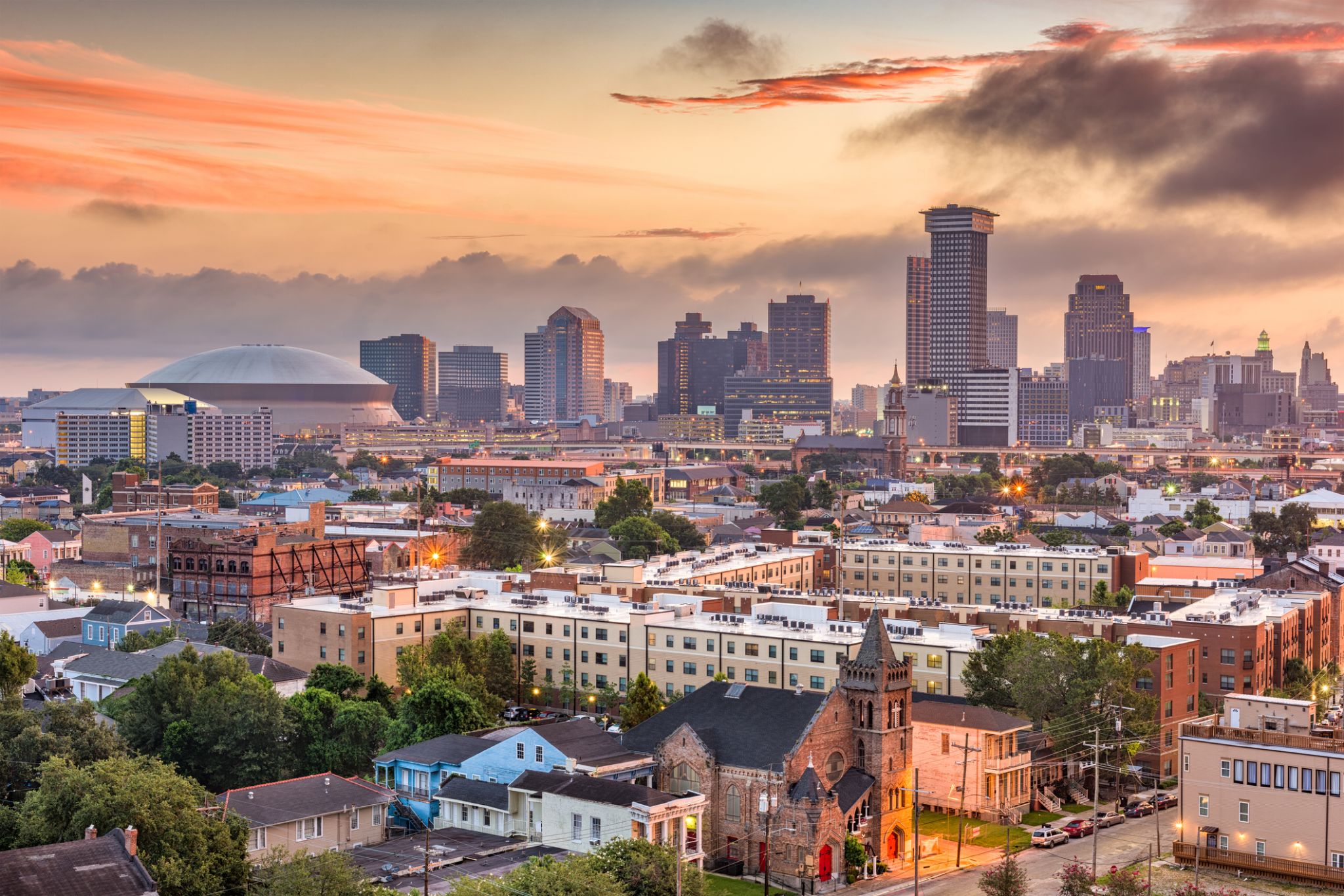
New Orleans is a consolidated city-parish located along the Mississippi River in the southeastern region of the U.S. state of Louisiana. With an estimated population of 393,292 in 2017, it is the most populous city in Louisiana. A major port, New Orleans is considered an economic and commercial hub for the broader Gulf Coast region of the United States.
New Orleans is world-renowned for its distinct music, Creole cuisine, unique dialect, and its annual celebrations and festivals, most notably Mardi Gras. The historic heart of the city is the French Quarter, known for its French and Spanish Creole architecture and vibrant nightlife along Bourbon Street. The city has been described as the "most unique" in the United States, owing in large part to its cross-cultural and multilingual heritage. Founded in 1718 by French colonists, New Orleans was once the territorial capital of French Louisiana before being traded to the United States in the Louisiana Purchase of 1803. New Orleans was once the third-most populous city in the United States, and it was the largest city in the American South from the Antebellum era until after World War II. The city's location and low elevation have historically made it very vulnerable to flooding, leading to the installation of a complex system of levees and drainage pumps.
New Orleans was severely affected by Hurricane Katrina in 2005, flooding over 80% of the city and causing a population decline of over 50%. Since Katrina, major redevelopment efforts have led to a rebound in the city's population. Although, concerns about gentrification, new residents buying property in closely knit communities, and displacement of longtime residents have been voiced.
The city and Orleans Parish (French: paroisse d'Orléans) are coterminous. As of 2017, Orleans Parish is the third most-populous parish in Louisiana, behind East Baton Rouge Parish and neighboring Jefferson Parish. The city and parish are bounded by St. Tammany Parish and Lake Pontchartrain to the north, St. Bernard Parish and Lake Borgne to the east, Plaquemines Parish to the south, and Jefferson Parish to the south and west.
The city anchors the larger New Orleans metropolitan area which had an estimated population of 1,275,762 in 2017, making it the most populous metropolitan area in Louisiana and the 46th-most populated in the United States.

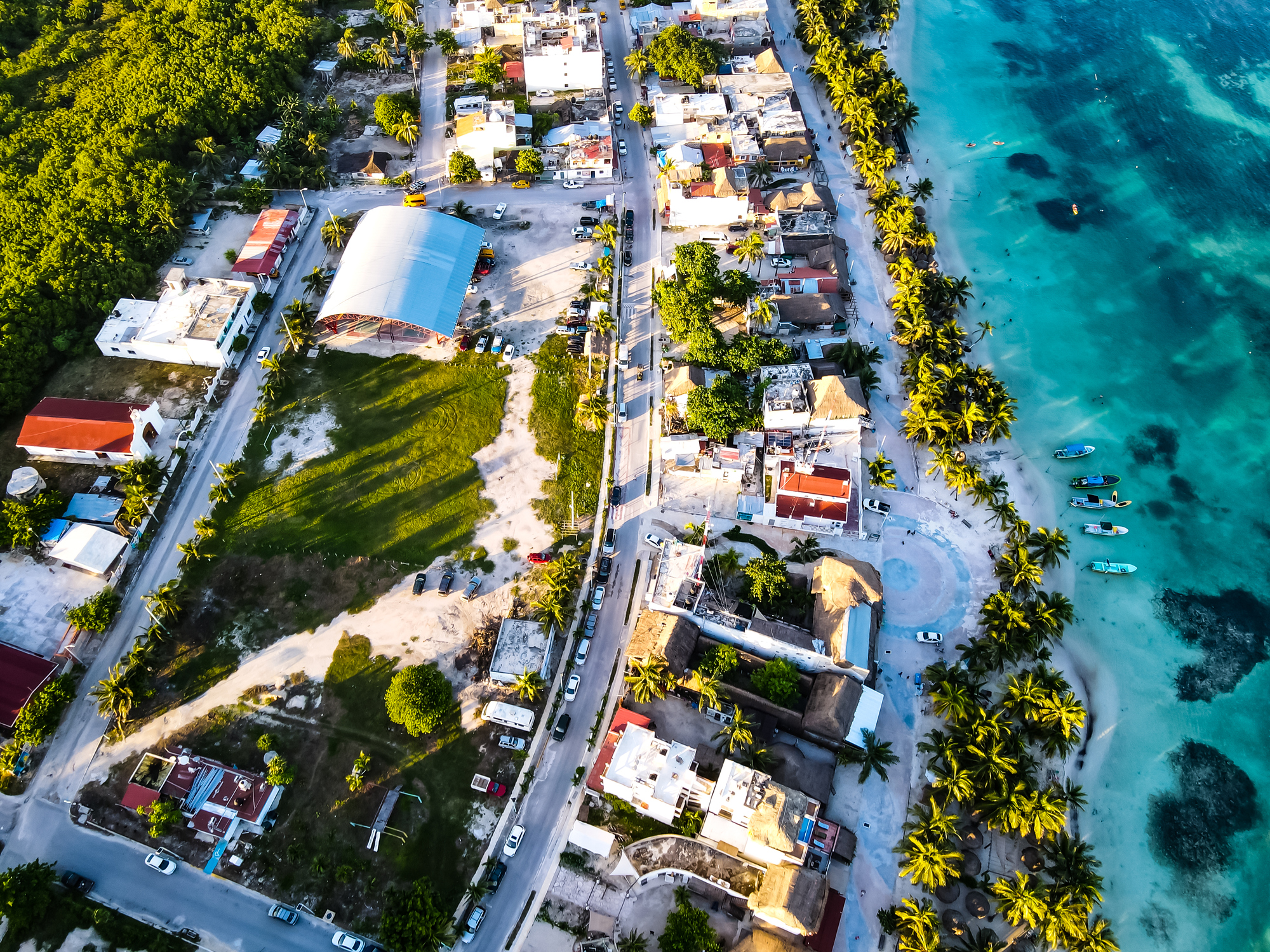
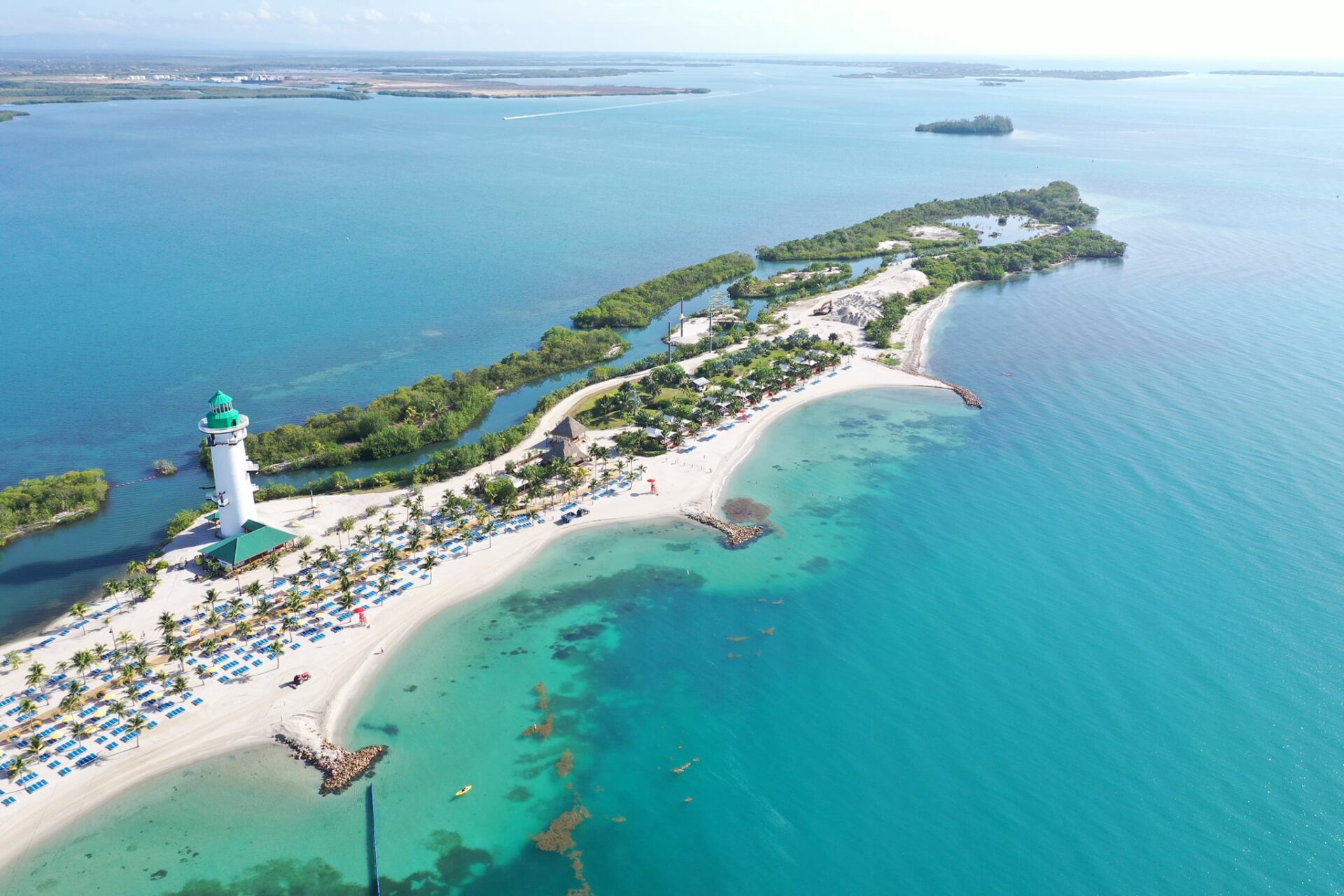



Puerto Limón, commonly known as Limón (Spanish for "lemon"), is the capital city and main hub of Limón province, as well as of the cantón (county) of Limón in Costa Rica. It is the second largest city in Costa Rica, with a population of over 55,000, and is home of the Afro-Costa Rican community. Part of the community traces its roots to Italian, Jamaican and Chinese laborers who worked on a late nineteenth-century railroad project that connected San José to Puerto Limón. Until 1948, the Costa Rican government did not recognize Afro-Caribbean people as citizens and restricted their movement outside Limón province. As a result of this "travel ban", this Afro-Caribbean population became firmly established in the region, which influenced decisions not to move even after it was legally permitted. Nowadays, there is a significant outflow of Limón natives who move to the country's Central Valley in search for better employment and education. The Afro-Caribbean community speaks Spanish and Limonese Creole, a creole of English.
Puerto Limón contains two port terminals, Limón and Moín, which permit the shipment of Costa Rican exports as well as the anchoring of cruise ships. In 2016, the government pledged ₡93 million ($166,000) for a new cruise ship terminal for Puerto Limón.
Health care is provided for the city by Hospital Dr. Tony Facio Castro. Two small islands, Uvita Island and Isla de Pájaros, are just offshore.

Colon
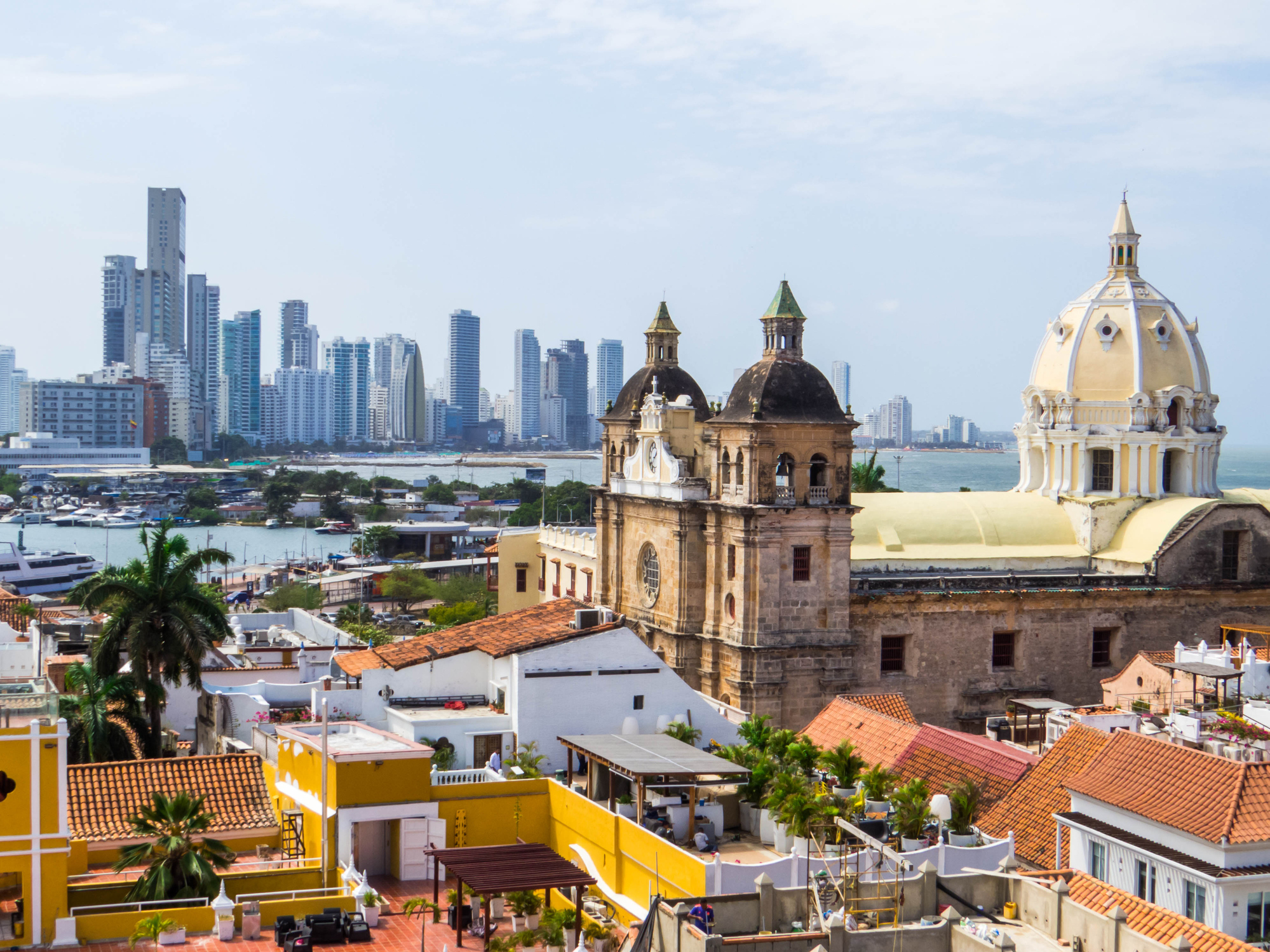
Cartagena de Indias – miasto w północnej Kolumbii, nad Morzem Karaibskim. Jest stolicą departamentu Bolívar. Według spisu ludności z 30 czerwca 2018 roku miasto liczyło 876 885 mieszkańców, co czyniło je trzecim pod względem wielkości populacji miastem kraju.
W mieście rozwinął się przemysł rafineryjny, stoczniowy, chemiczny, włókienniczy, skórzany oraz spożywczy.


Montego Bay to malownicza zatoka na północno-zachodnim wybrzeżu Jamajki, słynąca z pięknych plaż i raf koralowych, które są idealne do nurkowania i snorkelingu. Zatoka ta jest domem dla jednego z największych ośrodków turystycznych na wyspie — Montego Bay, który przyciąga turystów nie tylko białymi piaszczystymi plażami, ale także bogatą historią. Znajdują się tu stare plantacje, takie jak Rose Hall, związane z mistycznymi historiami, a także luksusowe hotele i ośrodki wypoczynkowe oferujące wysokiej klasy usługi.
Oprócz wypoczynku na plaży, podróżni mogą zwiedzać naturalne piękno zatoki, w tym wodospady i gorące źródła, a także cieszyć się lokalną kulturą poprzez festiwale muzyczne, kuchnię i tradycyjne rynki. Montego Bay stanowi również doskonałą bazę dla tych, którzy chcą zwiedzać inne zakątki Jamajki, w tym parki narodowe, gdzie można uprawiać trekking lub podziwiać unikalną florę i faunę. To miejsce, w którym aktywny wypoczynek spotyka się z relaksującą atmosferą karaibskiego raju.

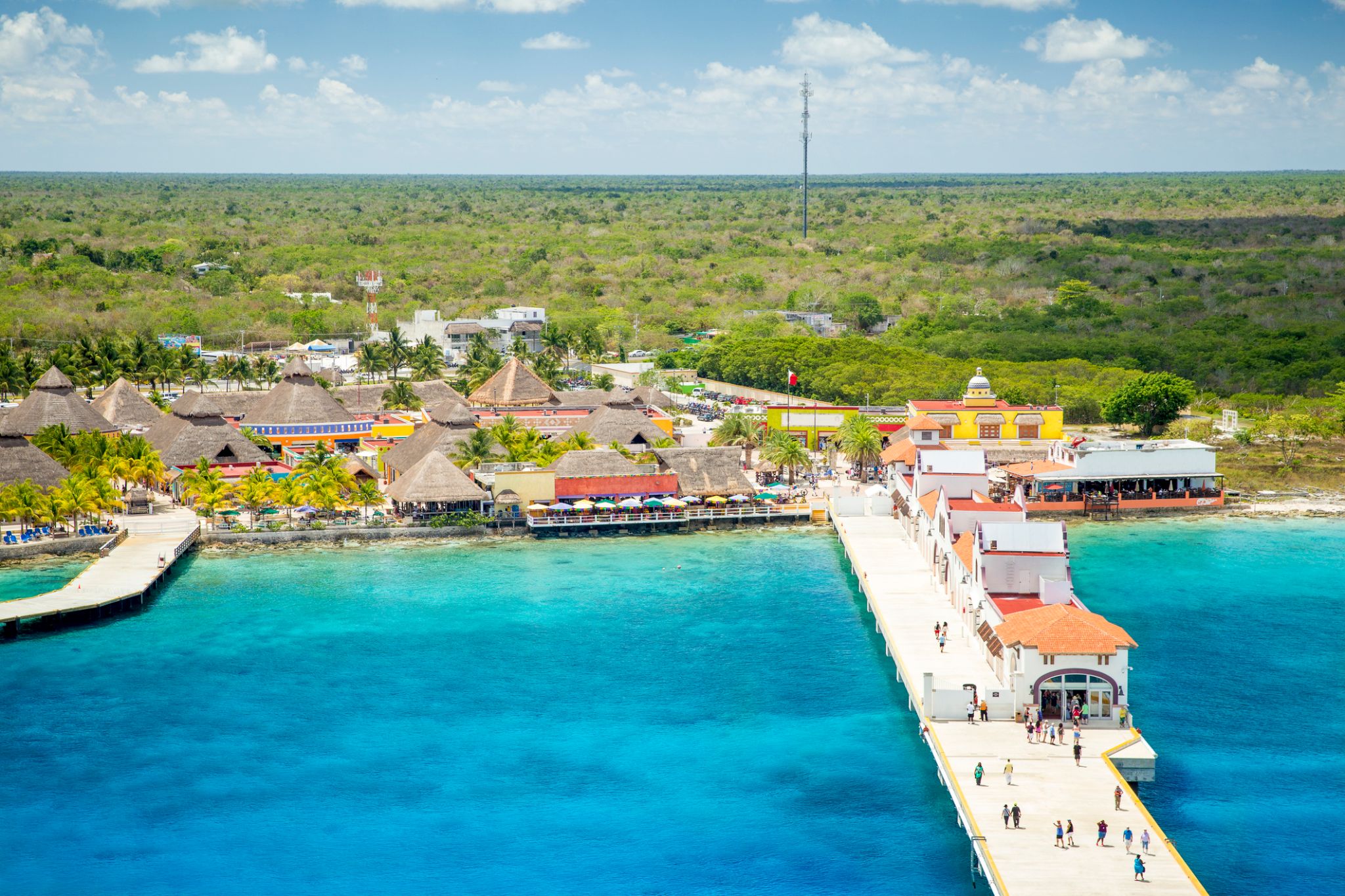


New Orleans is a consolidated city-parish located along the Mississippi River in the southeastern region of the U.S. state of Louisiana. With an estimated population of 393,292 in 2017, it is the most populous city in Louisiana. A major port, New Orleans is considered an economic and commercial hub for the broader Gulf Coast region of the United States.
New Orleans is world-renowned for its distinct music, Creole cuisine, unique dialect, and its annual celebrations and festivals, most notably Mardi Gras. The historic heart of the city is the French Quarter, known for its French and Spanish Creole architecture and vibrant nightlife along Bourbon Street. The city has been described as the "most unique" in the United States, owing in large part to its cross-cultural and multilingual heritage. Founded in 1718 by French colonists, New Orleans was once the territorial capital of French Louisiana before being traded to the United States in the Louisiana Purchase of 1803. New Orleans was once the third-most populous city in the United States, and it was the largest city in the American South from the Antebellum era until after World War II. The city's location and low elevation have historically made it very vulnerable to flooding, leading to the installation of a complex system of levees and drainage pumps.
New Orleans was severely affected by Hurricane Katrina in 2005, flooding over 80% of the city and causing a population decline of over 50%. Since Katrina, major redevelopment efforts have led to a rebound in the city's population. Although, concerns about gentrification, new residents buying property in closely knit communities, and displacement of longtime residents have been voiced.
The city and Orleans Parish (French: paroisse d'Orléans) are coterminous. As of 2017, Orleans Parish is the third most-populous parish in Louisiana, behind East Baton Rouge Parish and neighboring Jefferson Parish. The city and parish are bounded by St. Tammany Parish and Lake Pontchartrain to the north, St. Bernard Parish and Lake Borgne to the east, Plaquemines Parish to the south, and Jefferson Parish to the south and west.
The city anchors the larger New Orleans metropolitan area which had an estimated population of 1,275,762 in 2017, making it the most populous metropolitan area in Louisiana and the 46th-most populated in the United States.